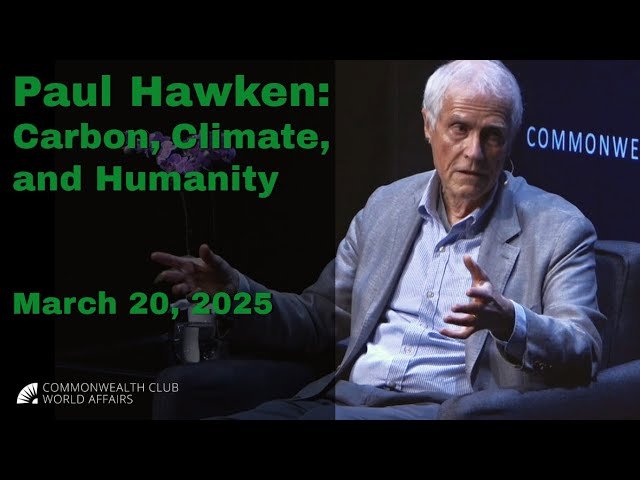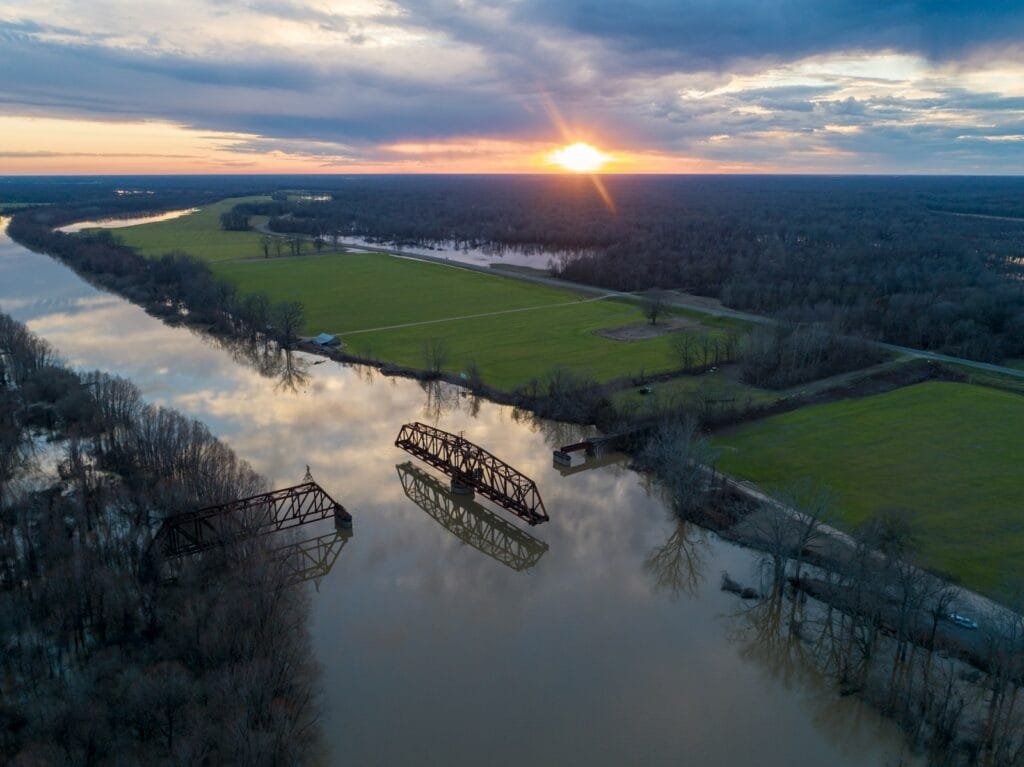Summary
The article underscores the significance of Earth Day, marking its inception in 1970, which mobilized over 20 million Americans in a collective call for environmental awareness. Initiated by Senator Gaylord Nelson, Earth Day aimed to create a nationwide demonstration of concern for the environment, leading to pivotal legislative reforms such as the establishment of the Environmental Protection Agency (EPA) and the introduction of crucial environmental laws like the Clean Air Act and the Endangered Species Act.
However, recent political maneuvers—particularly during the Trump administration—pose threats to these environmental protections, characterized by attempts to redefine harm concerning endangered species, which could lead to increased exploitation of natural resources.
Highlights
- 🌍 Historic Mobilization: Earth Day 1970 saw over 20 million Americans unite for environmental awareness.
- 🏛️ Legislative Milestones: The first Earth Day catalyzed the establishment of the EPA and major environmental laws.
- ⚠️ Current Threats: Many established environmental protections are under threat from recent political decisions.
- 🔄 Redefining Harm: Potential changes to endangered species protections could increase habitat destruction.
- 🤝 Need for Unity: The text calls for a unified approach across political boundaries to tackle environmental issues.
- 🌱 Inclusive Movement: Advocates for broadening the environmental movement to encompass diverse perspectives and concerns.
- 🚀 Long-Term Vision: Envisions a world where respect for the planet is intrinsic to humanity, eliminating the need for environmentalism.
“Our goal is not just an environment of clean air and water and scenic beauty. The objective is an environment of decency, quality, and mutual respect for all other human beings and all other living creatures.” —Gaylord Nelson
On April 22, 1970, more than 20 million Americans participated in what is believed to be the largest single-day protest in the country’s history. Ten percent of the United States took to the streets in marches and rallies, attended demonstrations, and participated in educational programming at over 2,000 colleges and 10,000 schools. In an unprecedented display of unity, this chorus of voices came together to raise awareness for the planet: the first Earth Day.
According to Sen. Gaylord Nelson, the founder of Earth Day, “The objective was to get a nationwide demonstration of concern for the environment so large that it would shake the political establishment out of its lethargy.” And it was wildly successful, even across partisan lines. Later that year, the Environmental Protection Agency was established, and the Clean Air Act was signed into law, followed by the Clean Water Act in 1972 and the Endangered Species Act the year after. And this was all under Republican President Richard Nixon.
More than half a century after the first Earth Day catalyzed the creation of the EPA and these protections, they are now under significant threat.





